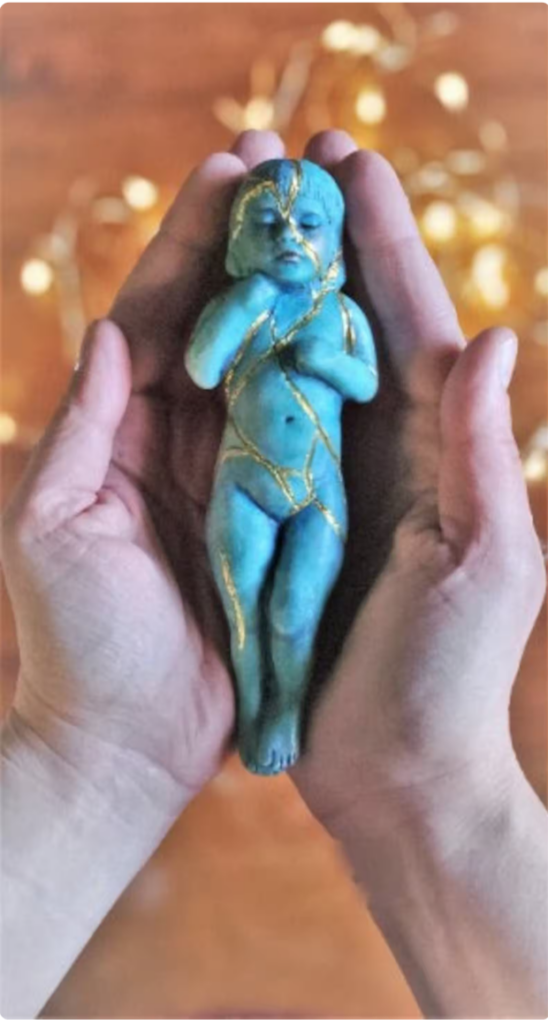
Doing the Shadow Work
In Japan, they practice ‘Kintsugi;’ where artists repair broken statues and ornaments by highlighting the cracks with gold. They create something flawed but more beautiful than its original state. This means the object is part of the story instead of the end of the story, just like a healing. Healing takes a great deal of time and effort, but allows us to look back and see how much we have evolved. We realise we don’t have to mask our endurances or battles, but wear them as a part of our unique journey in life. We can celebrate how far we have come and realise there is nothing to hide.
Psychiatrist Carl Jung referred to ‘the shadow self’ as our suppressed thoughts, feelings, longings and impulsions that live deep in our subconscious. These ‘darker’ aspects of our personality always have a root source, but we may not be able to entirely unravel them or make them magically disappear. By learning to accept these self-repelling facets of our nature, we promote healing and embrace our character in far more productive ways. By better understanding our shadow selves and consciously tuning in to what is beyond the veil, deeper into the core of our being, we channel our less-than-desirable traits into our lives in a healthier way. If we can’t beat them, we might as well join them!
Everyone is our mirror and we attract what we like and dislike about ourselves, strengths and weaknesses. The people you dislike are the surface of the sea on a windless day — they don’t just reflect who you are at the moment, but also let you see the person you want to become. An example of this could be seeing someone with no fashion sense. If you don’t like it, are they revealing one of your darkest fears about your own appearance? Are you being stubborn, vain, superficial or indifferent? By extending compassion you are embracing your own flaws.
What Is Our ‘Shadow Self’?
Our subconscious mind is in the driving seat of a large part of our behaviour and personality. The programming we received during our early days is largely responsible for this. Anyone with a disruptive, unstable or inconsistent start in life may have a more negative shadow, but even those with privileged upbringings possess their own troubling subconscious traits as well. These traits can self-sabotage us, make us defensive, and block us from reaching our full potential.
Conflict and criticism may cause us to bury our heads in the sand, but by embacing these aspects we can start improving ourself and start to overcome them.
Can I get rid of my shadow?
Our shadow selves are always there, we just have to own our darker side. Without the shadow we can’t see the light! Awareness is key, so if there’s an imperfection you hate about yourself, ask “what do I need to overcome to stopping this from having a negative impact?”
Some ways to overcome the shadow are to:
So let’s go back to the broken plate in Japan. The art of Kintsugi is a powerful metaphor to show us that sometimes we get chipped, other times shattered, sometimes we completely fall apart, but by accepting our vulnerabilities and taking pride in our imperfections, we can remodel the plate of life into something even more beautiful.
.
©